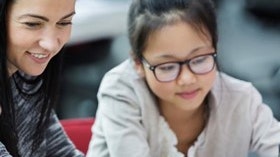Homepage
•
Learning Library
•
Blog
•
UDL is not just for students
Expand breadcrumbs
Expand breadcrumbs
- Learning Library
- Blog
- UDL is not just for students
- Homepage
- •
- Learning Library
- •
- Blog
- •
- UDL is not just for students








